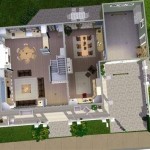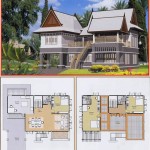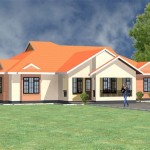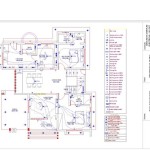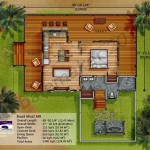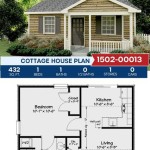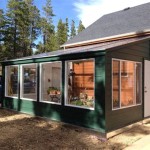Essential Aspects of Self-Sustaining House Plans
Embarking on the journey of designing a self-sustaining house is an exciting endeavor that requires careful consideration of various essential aspects. By embracing these core principles, you can create a home that operates independently from external utilities, providing a sense of security, resilience, and eco-consciousness.
1. Energy Generation and StorageThe heart of a self-sustaining home lies in its ability to generate and store renewable energy. Solar panels, wind turbines, and geothermal heat pumps are popular options for electricity production. To store excess energy, battery systems or thermal storage solutions can be employed. Grid independence can be achieved with sufficient energy generation and storage capacity.
2. Water Collection and TreatmentAccess to clean water is paramount. Rainwater harvesting systems collect rainwater for non-potable uses, such as irrigation and laundry, reducing reliance on municipal supplies. Water filtration and purification systems ensure safe drinking water, while on-site wastewater treatment systems handle wastewater disposal.
3. Insulation and Thermal PerformanceEfficient insulation is crucial for minimizing energy consumption. Walls, roofs, and floors should be well-insulated to reduce heat loss in winter and heat gain in summer. Energy-efficient windows and doors further enhance thermal performance.
4. Food ProductionGrowing your own food can significantly reduce transportation costs and dependence on external suppliers. Food gardens, raised beds, and vertical gardening systems allow for the cultivation of fruits, vegetables, and herbs. Raising livestock, such as chickens or goats, can provide additional sources of meat and eggs.
5. Waste ManagementMinimizing waste is essential for sustainability. Composting systems transform organic waste into nutrient-rich soil amendments. Recycling programs ensure proper disposal of recyclable materials. Greywater systems, which reuse wastewater from sinks and showers for irrigation, further reduce water consumption.
6. Construction MaterialsSelecting sustainable building materials is key. Renewable resources, such as bamboo, cork, and recycled wood, reduce environmental impact. Energy-efficient and durable materials, such as insulated concrete forms, contribute to thermal performance and longevity.
7. Off-Grid AppliancesTo complement the off-grid nature of the home, appliances should be designed for low energy consumption and off-grid compatibility. Gas stoves or induction cooktops can replace electric appliances. Propane or diesel-powered generators serve as backup energy sources during emergencies.
ConclusionEmbracing these essential aspects when designing self-sustaining house plans enables the creation of a home that empowers you with energy independence, water security, food resilience, and eco-friendly living. By carefully considering these factors, you can build a sanctuary that aligns with your values of sustainability, self-reliance, and environmental stewardship.

Passive Solar House Plans For Our Off Grid Homestead Byexample Com

Pin On For The Home

Smart House By Baufritz First Certified Self Sufficient Home In Germany

Simply Smart An Ultra Green Sustainable House By Zeroenergy Design

Practice

Tham 100 Self Sufficient House Design Luxury Eco Home Sustainable

Eco Friendly Home Designs Salter Spiral Stair

Pin On Eco Friendly Architecture

Tiny Wind Solar Powered Home Lets You Live Off The Grid Anywhere In World Homes

Prefab Zerohouse Is Off Grid And Self Sustainable

